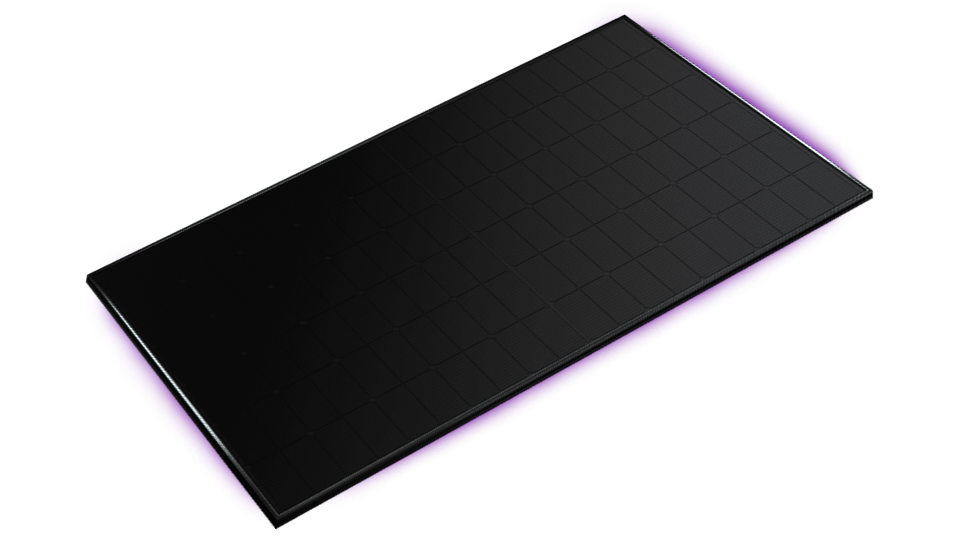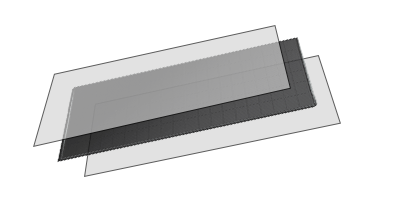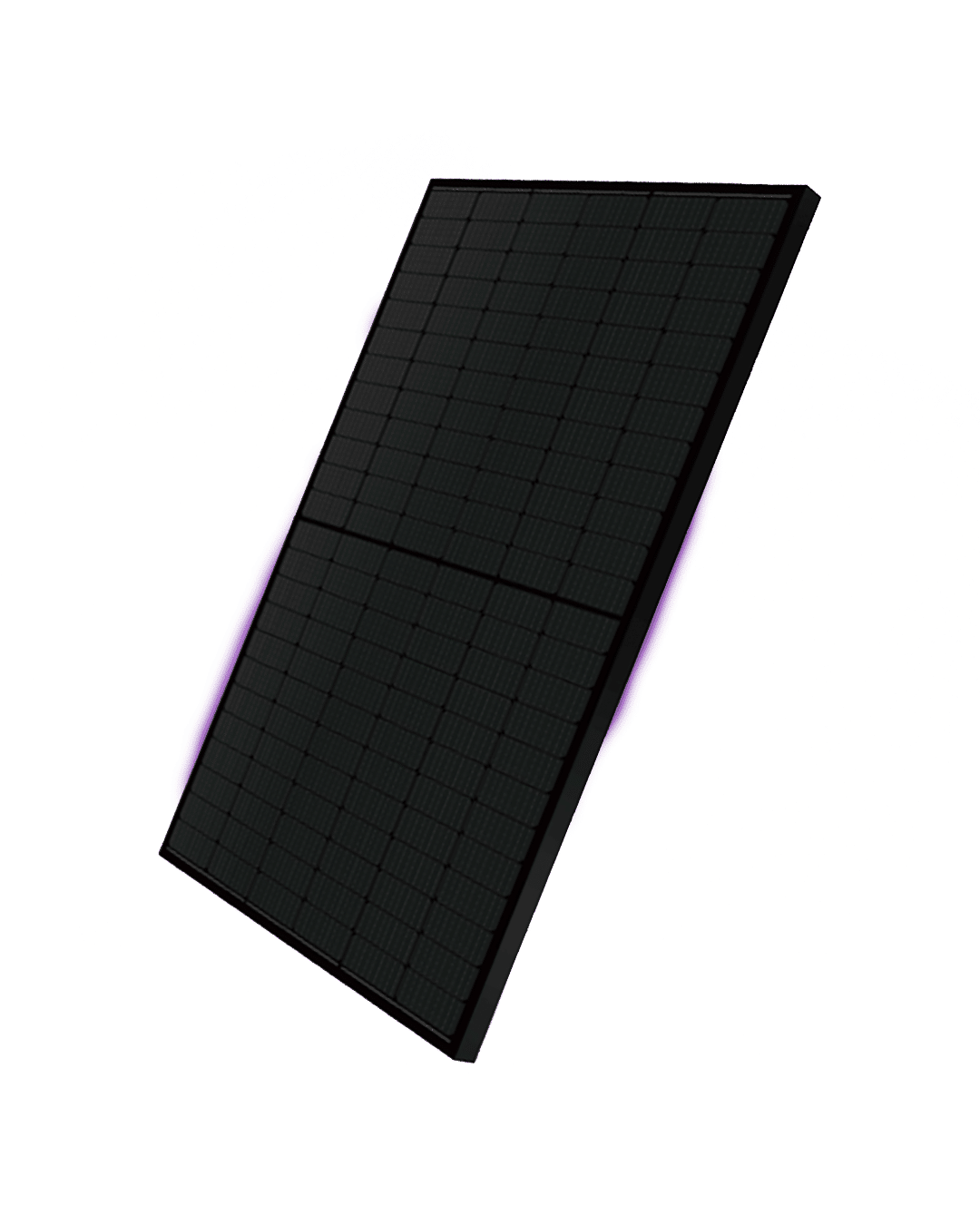Onze technologie
The sun – The largest power plant in our planetary system.

A long service life, reliability and strict European standards are particularly important to us.
Our premium solar modules are reliable everywhere in Europe and beyond. On private houses, company buildings, barns, stables and outdoor installations. We develop modules that are characterized by a long service life, high-quality workmanship and above-average performance.
The seamless quality control, the electroluminescence test and the PID test ensure a constant high quality of our modules.
Quality modules at PhaseLux therefore always consist of a double glass pane and the best EVA films available on the market.
We closely follow developments in solar cell technology.
When these new technologies have been extensively tested and found ready for production, we investigate whether we can use them in a final product. Provided that the product remains affordable and achieves better returns than the already known technologies.
Taking all these aspects into consideration, PhaseLux has made the current choice in HJT technology for you.
Thus, you acquire PREMIUM quality at a fair and affordable price and guarantee yourself good returns and safe quality for years.

WHAT ARE GLASS-GLASS PANELS?
Glass-glass solar panels are the latest generation of solar panels. Solar panels consist of several layers. In glass-glass solar panels, the solar cells are sandwiched between two layers of glass. In traditional solar modules, the front side is glass and the back side is plastic:
Glass-foil solar modules.
The first generation of solar modules consisted of two layers of glass as standard. Since film is cheaper than glass and easier to produce, many manufacturers switched to glass-foil solar modules. However, glass-foil solar modules deliver less and have a shorter lifetime. Return on investment is also more important nowadays, so glass-glass solar modules are very popular and the best choice.
In addition, glass-glass modules are more recyclable, which will benefit the future generations on our beautiful planet.
WHAT ARE BIFACIAL SOLAR MODULES?
Bifacial solar modules are solar modules that can capture light on both the front and back sides and convert it into electricity. This means that these modules are able to produce more energy than traditional, single-sided solar modules that only capture light from the front.
Bifacial solar panels usually have a glass back that lets light through to the back of the solar cells and the ground on which the panels are mounted. High-frequency UV light is invisible to the human eye, but is reflected on every surface (quantity dependent on the surface) and re-enters the back of the solar cell, generating additional yields.
Bifacial solar panels can be used in various environments, such as on fields, roofs or on facades. They can be installed horizontally or vertically and can be adjusted to different tilt angles to optimize energy generation.
Although bifacial solar panels are generally more expensive than traditional solar panels, their higher energy production can lead to lower levelized cost of energy (LCOE) in some situations, meaning that the costs for the energy produced per unit (kWh) are lower.
Another advantage is that bifacial solar panels are less prone to overheating, as the infrared frequency responsible for heating matter on earth also penetrates and is usually dissipated on the ground behind the modules. Therefore, they generally have a longer lifespan than traditional solar panels.
WHAT IS HJT TECHNOLOGY?
Heterojunction solar modules consist of three layers of photovoltaic material. HJT cells combine two different technologies into one: crystalline silicon and amorphous “thin film” silicon.
The top layer of amorphous silicon captures sunlight before it reaches the crystalline layer, as well as light reflected from the layers below. Monocrystalline silicon, the middle layer, however, is responsible for converting most of the sunlight into electricity. Finally, behind the crystalline silicon is an amorphous thin-film silicon layer. This last layer captures the remaining photons that outperform the first two layers. By combining these technologies, more energy can be harvested than if they were used individually, resulting in an efficiency of 25% or more.
HJT technology also has one of the lowest temperature coefficients. This means that when the panel gets warmer in the summer, efficiency decreases less than other cell options.
Does an HJT panel also have disadvantages?
Yes, the production of the cell is a bit more expensive, as is the use of two panes of glass. However, PhaseLux tries hard to make all steps in the entire process from production to delivery to your installer as efficient as possible, making this high-quality technology affordable.
So affordable, in fact, that the higher average yield offsets the additional price in the first year.

WHAT CAN WE EXPECT IN THE FUTURE?
We continue to closely follow and reflect developments in photovoltaics.
We expect that efficiency per m² will improve slightly in the coming decades, but that the big steps have already been taken.
What we see as a challenge is to reduce the use of valuable and scarce raw materials and precious metals (such as silver) while continuing to improve efficiency and lifetime, thus significantly reducing the cost of electricity (LCOE).
Then we no longer increase the efficiency per m², but a lower price of the plant will thereby increase the efficiency.
We are also working on broader applicability of photovoltaics.
For example, on systems with double glazing, where the cells are no longer visible. The technology is available but still very expensive and is mainly used where shading from the cells is not desired.
PhaseLux is looking for opportunities and solutions to give volume to this product, such as in greenhouse construction, to make it affordable in the future for applications around your home, office and business environment.
